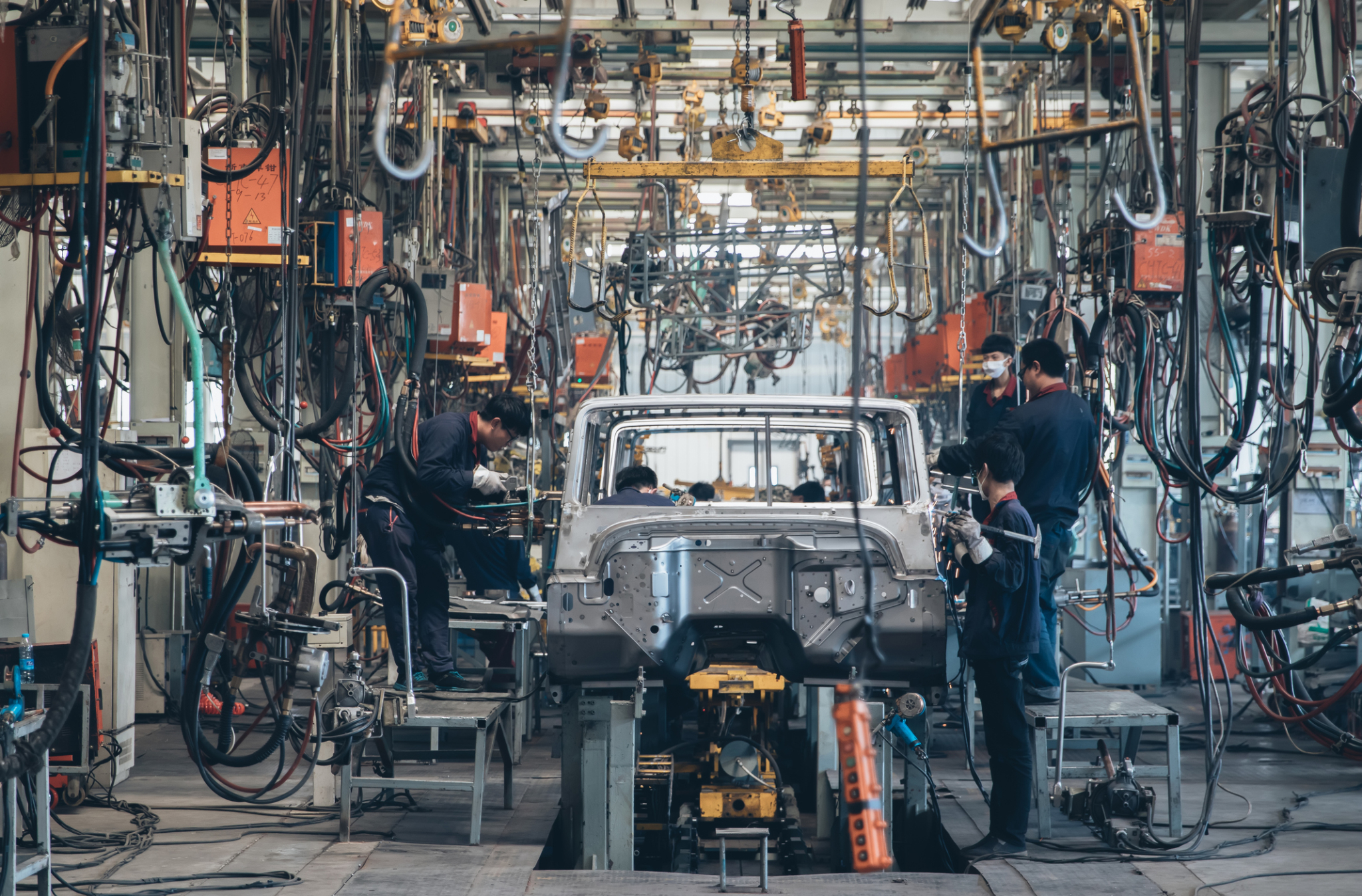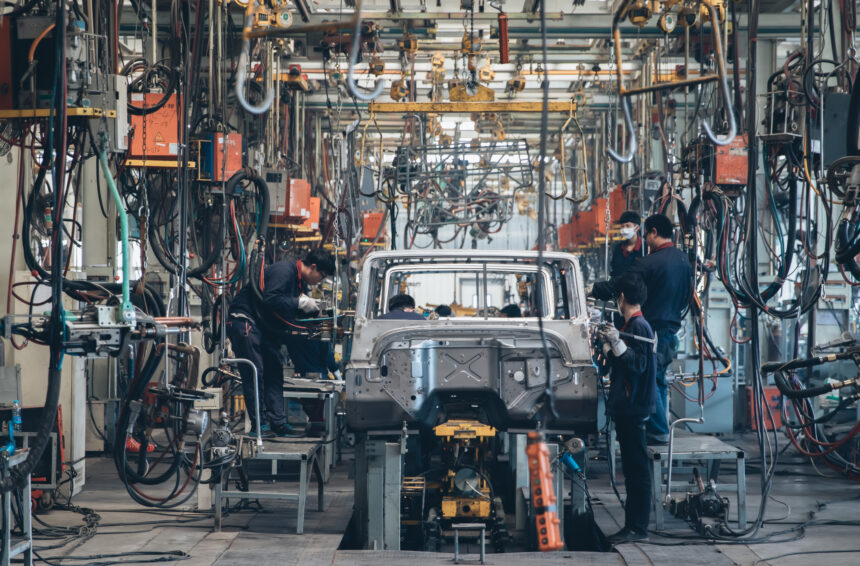
A report from the International Monetary Fund attempts to quantify the impact.
Over the past few decades of economic development, China has frequently been criticized by its trading partners for its industrial policies, particularly its aggressive use of subsidies, aimed at promoting export-oriented manufacturing. International Monetary Fund This week we attempt to quantify the impact of these subsidies on international trade flows.
“Governments around the world are increasingly turning to industrial policies and subsidies to steer their economies,” IMF economists Lorenzo Rotunno and Michele Ruta wrote. “By assessing the importance of subsidies in shaping China’s imports and exports, we hope to shed light on the potential impact of China’s industrial policies on its trading partners.”
Spoiler alert: it’s not all that shocking that the impact was significant. Still, reports like this one are useful because they’re full of enlightening statistics and anecdotes.
work From the database The report, which tracks trade policy announcements by governments around the world and defines industrial subsidies as “financial and in-kind transfers (such as state aid, preferential access to land and other factors of production), policies that involve risk transfer to the government (such as loans and loan guarantees), and loss of government revenue (tax cuts),” found that Beijing far outpaced its trading partners and rivals in the amount of measures introduced between 2009 and 2022.
“By 2022, the number of subsidy measures introduced and enacted since 2009 is expected to reach 5,400, equivalent to two-thirds of the total number of subsidy measures by the G20 in 2022,” Rotunno and Ruta wrote. “Subsidies are by far China’s most popular industrial policy tool, accounting for 95 percent of China’s trade-distorting policies from 2009 to 2022.”
Their analysis shows that subsidies tend to be concentrated — 20 percent of subsidized sectors receive more than 50 percent of the subsidies, the report found — and that the products and sectors that are subsidized change over time.
“Earlier in the sample, subsidies targeted more traditional industries such as metals, paper, and textile mining, but toward the end of the sample, products such as solar panels, batteries, and electric vehicles have become more frequent targets of new subsidies,” the report said. This is in line with recent reports. Created by the Federation of American Manufacturing Many of these industries are experiencing overcapacity.
The IMF paper finds that subsidies have significantly boosted Chinese exports: “We estimate that Chinese exports of subsidized products to other G20 emerging economies are 2.1 percent more expensive than other exports to the same destinations after subsidies are introduced,” the paper reads.
They also found that Chinese subsidies to industries effectively reduce imports: “We find that Chinese subsidies reduce imports of subsidized products relative to imports of unsubsidized products, an effect not found in other countries,” the authors argue.
The paper also considers whether subsidies for Chinese products from overcapacity industries have led to higher export volumes and lower prices, as happened with metal manufacturing industries such as steel, or whether they have led to increased export volumes and lower prices, as the paper argues has happened with “electromechanical” products such as advanced batteries and solar cells.
But the paper goes into detail about the “indirect” effects of subsidized industries upstream and downstream, and an interesting story emerges.
“These results suggest that the effects of subsidies transmitted from upstream industries are strong,” Rotunno and Ruta argue. “Increased subsidies given to supplying industries are associated with increased exports from purchasing industries.”
They continue.
To understand the magnitude of our estimates, consider the case of subsidies given to the steel industry, a major raw material supplier to the automotive industry (10% of the total automotive industry costs). Empirical results show that an increase in steel subsidies from 2015 to 2022 leads to a 3.5% increase in automotive exports from China.
The huge subsidies given to China’s steel industry contributed to a 3.5% increase in China’s auto exports, which is no small thing.
See the IMF report on the impact of China’s industrial subsidies here: here.







